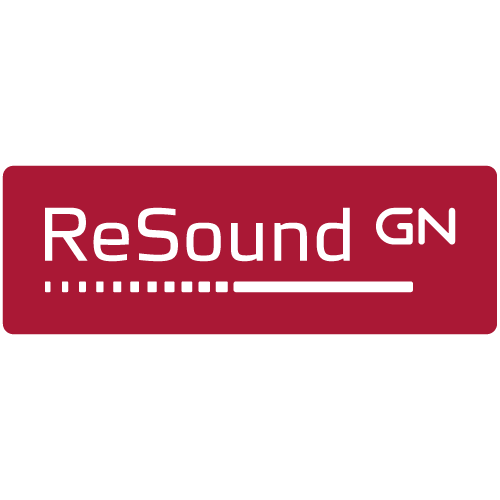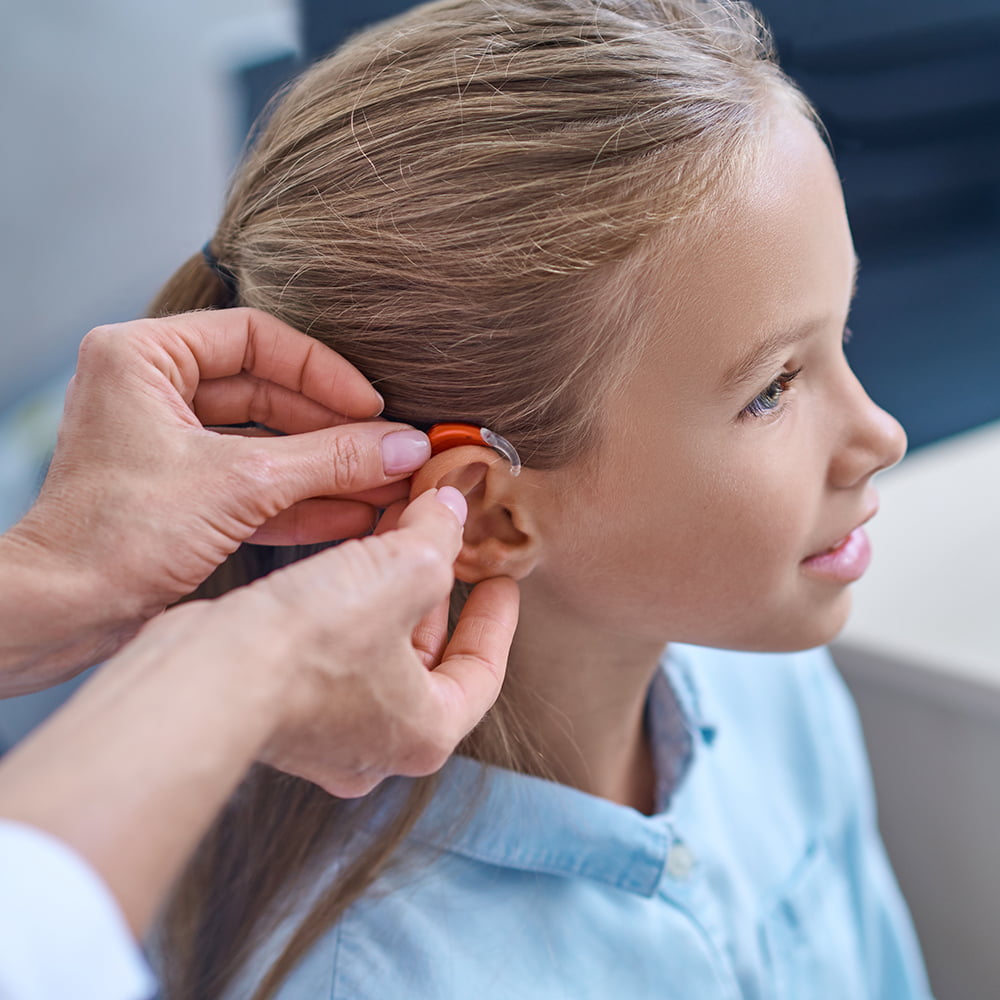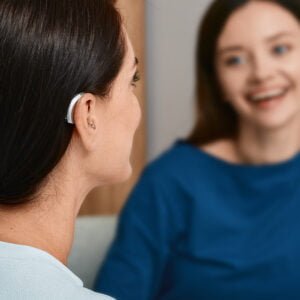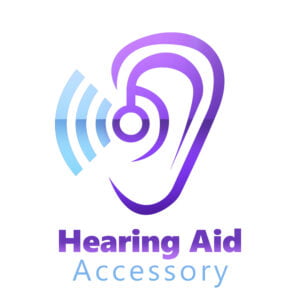Effectively communicating with children who have hearing loss can be challenging. Hearing impairment can be hard to detect in the first place, and even after the condition’s been diagnosed and treated, the child might struggle to communicate verbally.
Thankfully, there are various methods that you can use to encourage and support the communication process.
Choosing the Best Communication Method for the Child
There are different ways in which you can communicate with your child and support their speech and language development. The method that is most suitable for them depends on various factors, such as the level of hearing impairment, whether they wear a hearing aid or a cochlear implant, the type of school they attend, and which method the child’s family can most comfortably and consistently rely on.
The different communication methods available include:
- Listening and Spoken Language (LSL): also known as auditory-verbal therapy (AVT), this method’s goal is to teach a pre-verbal child constructive listening and speaking skills in a supportive environment without sign language being required. This method can help the child be able to attend regular classes in school without additional support.
- Sign Language: most hard-of-hearing people who use sign language in the US use American Sign Language (ASL). ASL is a true and complete language and has a sign for each language concept.
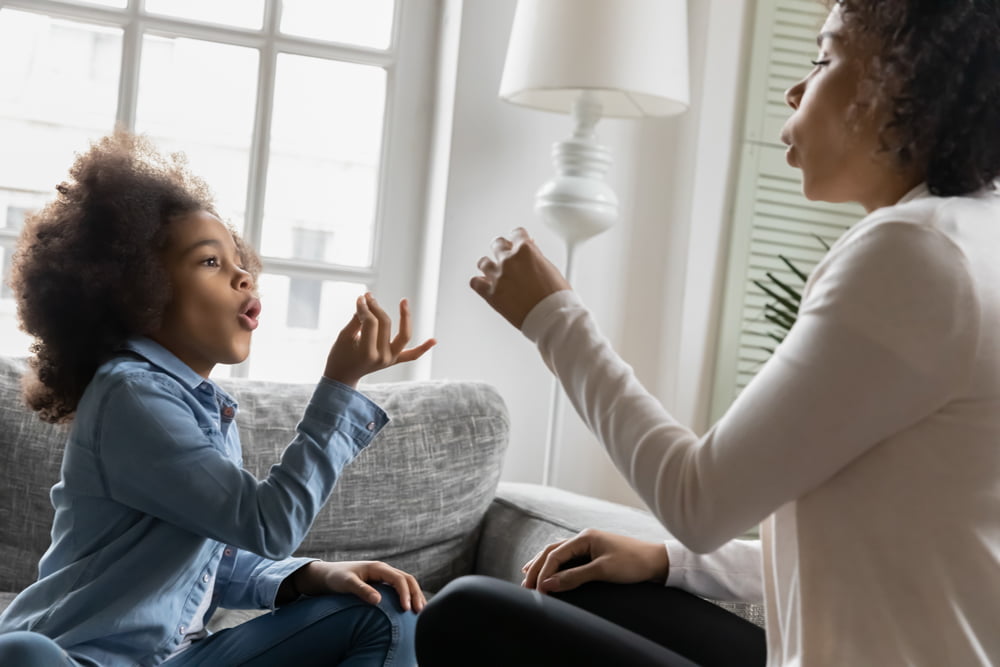
- Total Communication: this method combines ASL with other communication skills such as lip-reading, body language, gestures, facial expressions, etc.
- Cued Speech: this way of communicating turns spoken language into a visual form by providing hand shapes for the different speech sound combinations.
Considering Suitable Hearing Solutions
Depending on the type and level of hearing loss that your child has, your audiologist may want to discuss hearing solutions such as hearing aids or a cochlear implant. Interventions such as those can help minimize the impact of hearing loss and prevent developmental delays: according to a study conducted by the University of Iowa, children with hearing loss learn language and speech better when they use hearing aids.
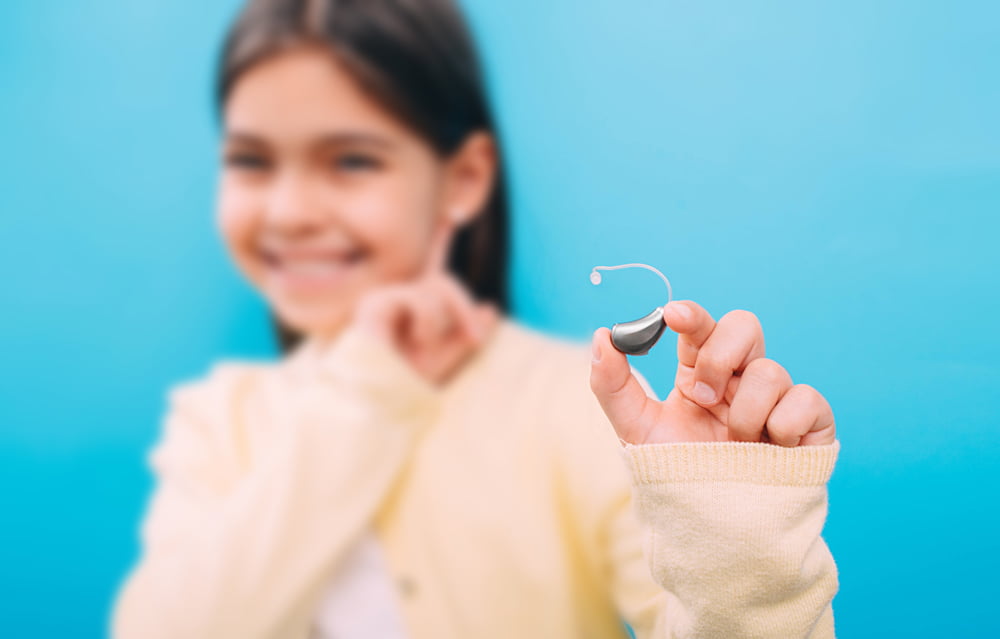
Along with treatments like hearing aids or cochlear implants, children can benefit from the help of an educational audiologist to further make their communication process easier.
Being Mindful of the Communication Environment
Along with helping hard-of-hearing children lean different communication methods, it is important that you also think about your own communication strategies as well as the environment. Considering your body language, facial expressions, positioning, etc. is essential when communicating with a child with hearing loss.
The environment in which you communicate is also highly significant. It’s good to make sure that it is well-lit and there isn’t a high level of background noise.
Useful Tips to Support Communication
There are many ways to make communicating with your hard-of-hearing child easier that don’t require much effort but can make the process significantly smoother and easier. These include:
- Make sure your face is visible to the child when you are speaking to them. Facial expressions and lip movements can give them lots of helpful cues.
- Speak as clearly as possible, but without exaggerating your words.
- Inform teachers/caregivers of your child’s condition, the best ways to communicate with them, and the accommodations they might require.
- Encourage your child to wear their hearing aid (if they have one). Getting used to the sensation might take them a while, but in time, they will see the benefits.
- Remember to speak one at a time (in case multiple people are taking part in the conversation).
- If struggling with communication, don’t give up and say ‘It doesn’t matter’ or ‘I’ll tell you later’. If one method isn’t working, try another.
- Ensure that the topic is as clear as possible. Use visual cues to make sure your child knows what you are talking about and to avoid confusion.

Providing Your Child with Hearing Assistive Technology
It can be a good idea to research into what hearing assistive equipment is available to help your child communicate easier, e.g., remote microphones, FM systems, etc. When used correctly, these can significantly improve the way children on the hearing loss spectrum interact with the world.
We at Hearing Aid Accessory offer a wide range of assistive equipment to support your child’s hearing experience. Click the button below to have a look!

